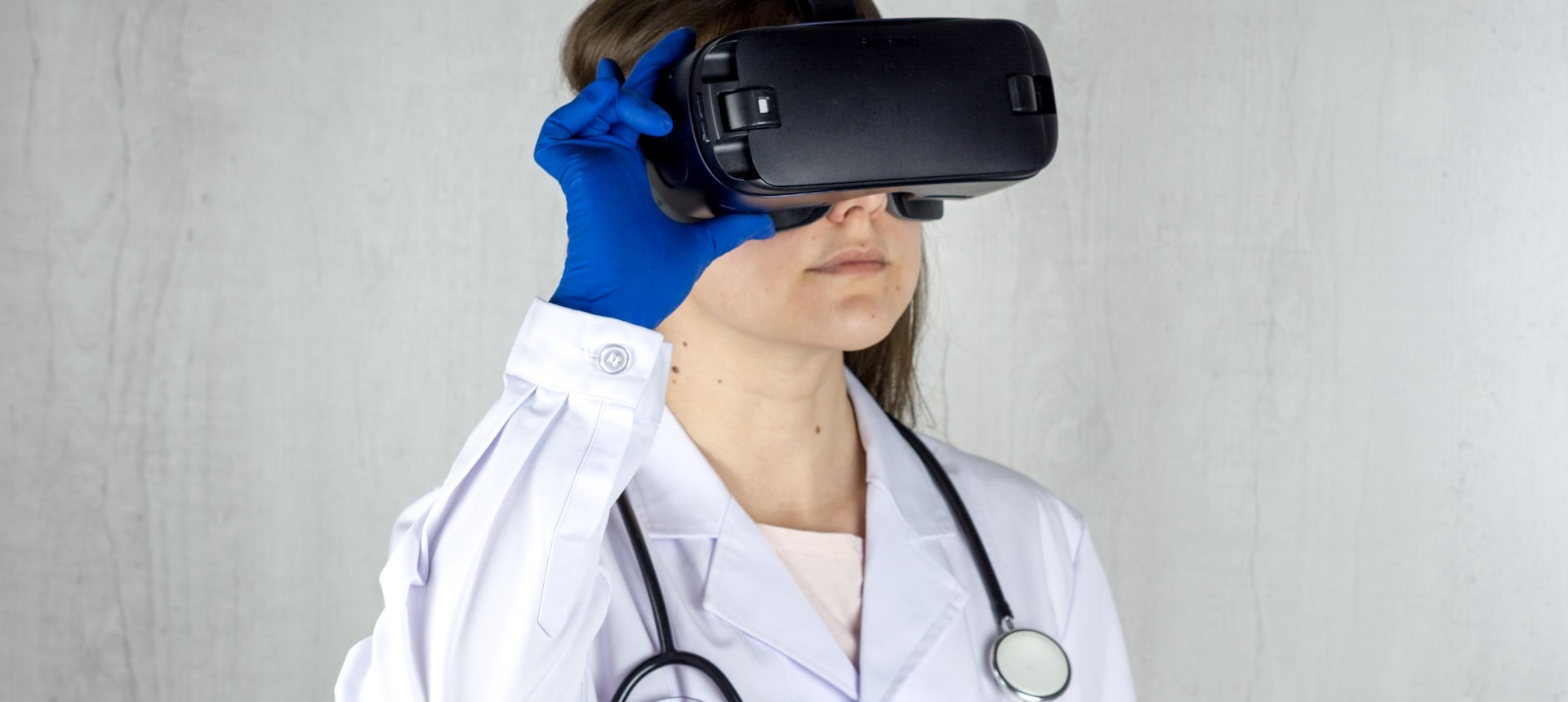1. Survey: 4 of 5 US adults have now used telemedicine
The 2022 Digital Health Consumer Adoption Survey by Rock Health Advisory found that 80 percent of U.S. adults report having used telemedicine at some point in their lives, up from 72 percent in 2021. “As digital health hits social maturity…, continued momentum will require creating more accessible, affordable, and trustworthy offerings for providers and consumers,” the organisation stated.
2. Most remain ‘uncomfortable’ about AI use for diagnoses and treatments
Sixty percent of people surveyed in the U.S. say they would be uncomfortable if their healthcare provider “relied on artificial intelligence to do things like diagnose disease and recommend treatments,” a survey by the Pew Research Center found. However, the survey also found that 40 percent of respondents believe AI could reduce the number of mistakes made by healthcare providers and 51 percent say that AI could reduce healthcare treatment problems related to racial and ethnic bias.
3. Wearables, robots to be a growing feature in patient care
Growing numbers of healthcare professionals will accept the use of wearable smart devices in their clinical practices in the next one to two years, although the seamless sharing of data will remain an obstacle, according to a study of medical experts published in the journal Futures. “To become a leader by 2027, healthcare organisations will need to organise a comfortable and transparent ecosystem for working in the digital world,” the study’s authors wrote. “Robots will be used more and more frequently, which will dramatically change the way patient care works.”
4. KPMG: Tech will enable health workers to work globally
In its Healthcare Horizons report, KPMG warns that the world’s healthcare systems will need to radically overhaul how they think and work to manage future crises. The report also predicts the emergence of a technology-enabled global market for health workers: “The rise of AR and VR will allow health professionals to work for systems around the globe, or even for multiple systems at the same time, without the need to move abroad,” it says.
5. Misinformation can cost healthcare millions
Misinformation has become a global problem that can erode trust in institutions and carry steep costs for healthcare, according to a report from the Council of Canadian Academies. The expert panel that produced the report estimates that misinformation “cost the Canadian healthcare system at least $300 million during nine months of the COVID-19 pandemic in 2021.”
6. IDC: APAC hospitals to double investment in digital twins
By the end of 2026, 55 percent of healthcare organisations in Asia Pacific will have data governance frameworks in place to prioritise the use of artificial intelligence for predictive, preventive and personalised care, IDC predicts. The analyst organisation also forecasts that investments in digital twins by large hospitals across the region will double in that time frame.
7. Ipsos survey finds doctors are enthusiastic about AI for healthcare
In a global survey by Ipsos, 68 percent of physicians say they are excited about the use of AI in future healthcare, and 80 percent believe that connected health devices with real-time data capabilities will help patients proactively manage their health needs. However, 58 percent of doctors say they are concerned that patients might misinterpret data from such devices.
8. Industry pressure to drive growth in remote patient monitoring
The number of patients around the world using remote patient monitoring solutions will reach 115.5 million by 2027, compared to 75 million in 2023, according to a study from Juniper Research. That growth is being driven by “greater pressure on healthcare systems, including clinical staff shortages and limited space within hospitals,” according to Juniper Research.
9. McKinsey: Expect data tech, software to drive US healthcare profit growth
In its latest outlook for US healthcare, McKinsey expects industry profits to see solid growth in 2023, “especially as technology adoption by providers and payers continues to accelerate.” It predicts the fastest-growing areas between now and 2026 will be data and analytics (19 percent) and software and platforms (13 percent).
10. PwC: Healthcare in 5-year shift to new ecosystem
Health services executives will need to manage six critical issues in 2023, says PwC. In its “Next in health services 2023” report, the organisation identifies the main industry challenges as affordability and costs, digitisation, attracting and retaining customers, rethinking risk, solving clinical workforce shortages and delivering deals value. “The stakes are high,” the report notes. “PwC research shows we’re in the middle of a five-year, $1 trillion revenue shift away from traditional healthcare payers and providers. By 2030, we expect the sector to move into a new health ecosystem.”









